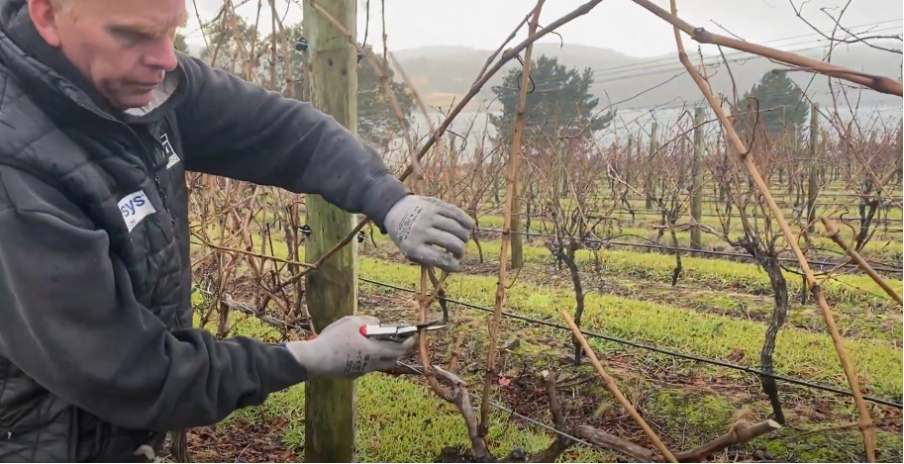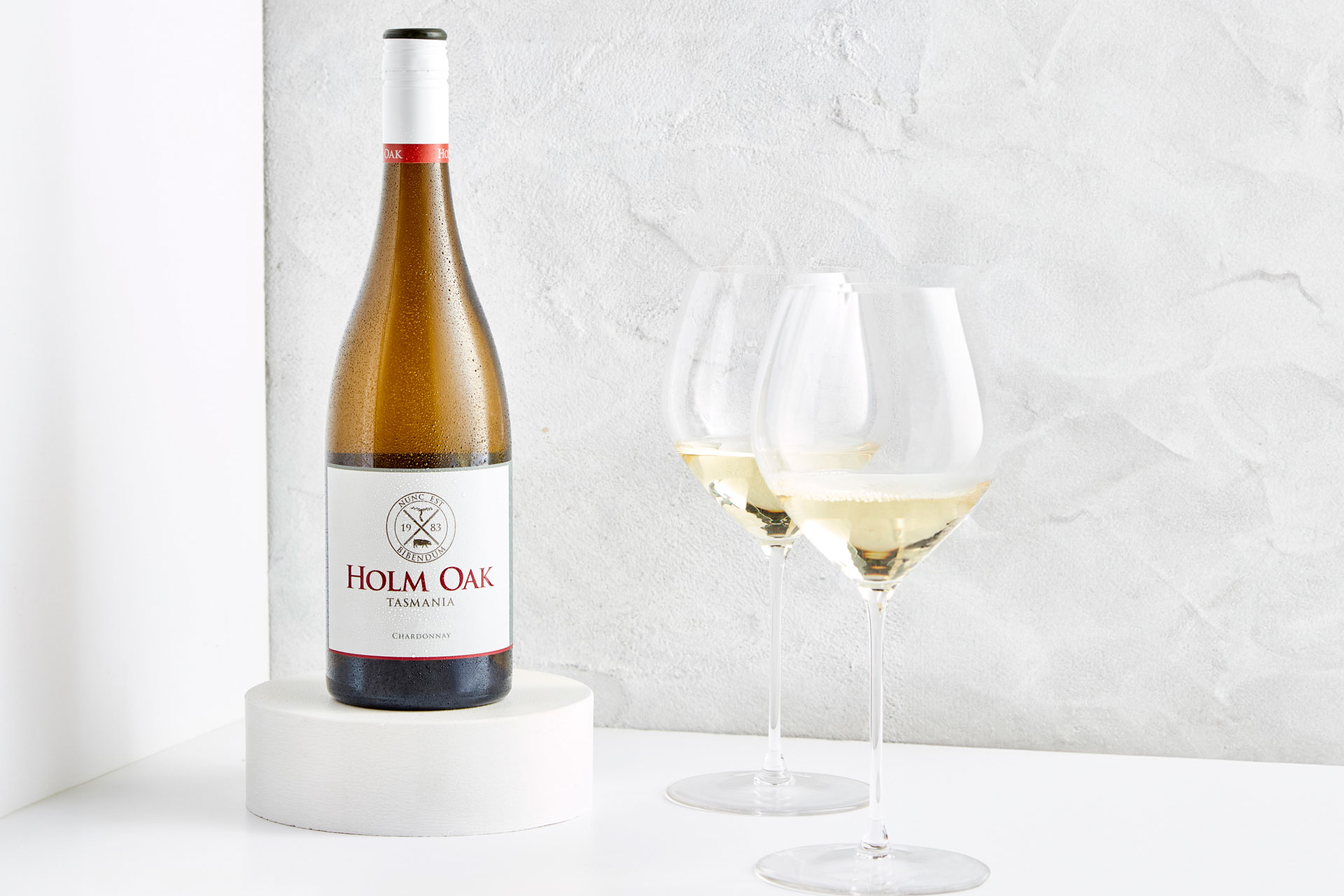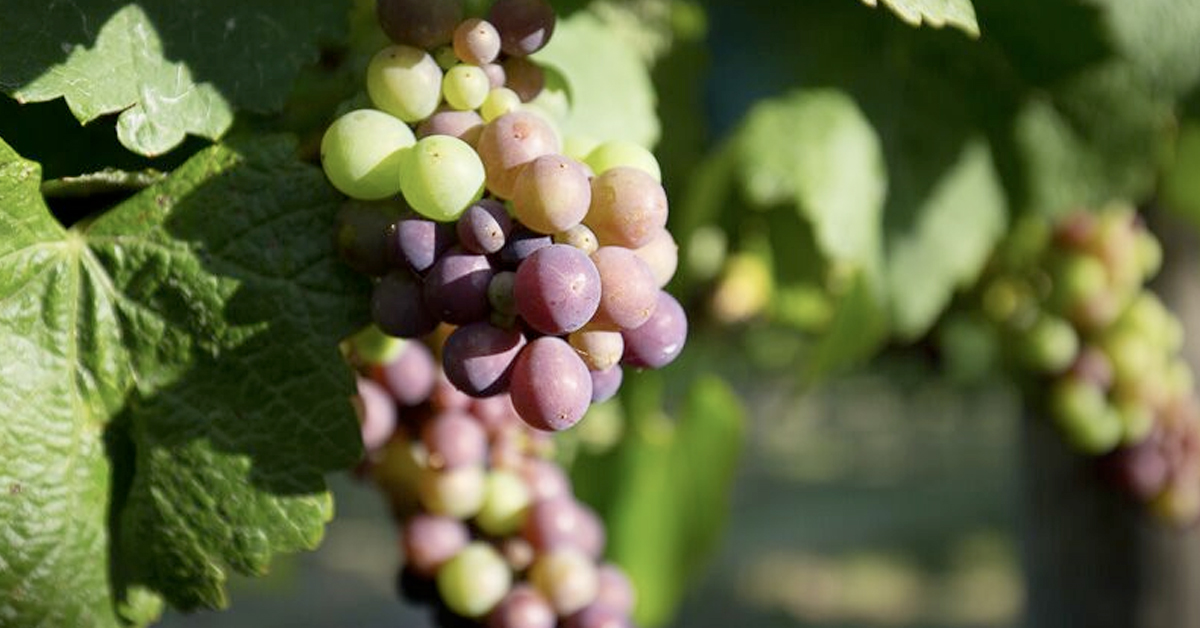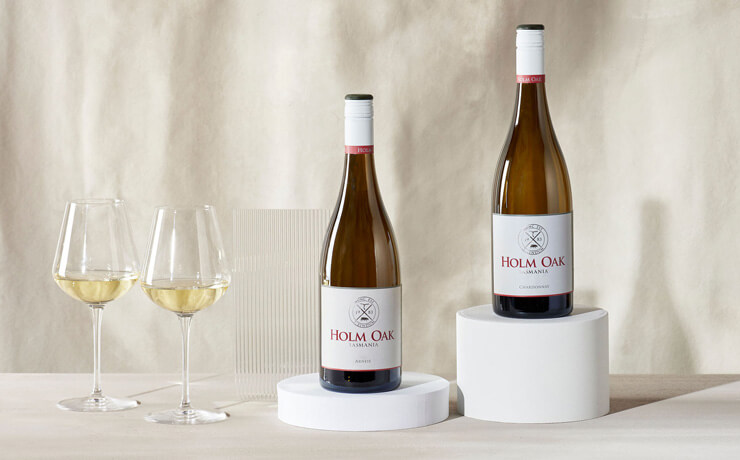How to prune a grapevine

With the grapes picked and the current vintage wines maturing in the winery, the winter months are the time to prepare the vineyard for a good crop the upcoming season. During winter, the grapevines enter their dormancy phase, where they rest and rejuvenate before the first leaves and fruits flourish in the following spring. This dormant time, when the vines are bare, is the ideal time to prune grape vines of old wood and old canes to encourage strong and organised new growth in spring.
Like many jobs in the vineyard, pruning is labour intensive, but critical to achieve the best quality wine. When pruning, viticulturists like our own Tim Duffy are choosing the strongest shoots to keep, creating an even and symmetrical shape and leaving shoots at a length that will produce the best sized fruit. A well-pruned vine will produce grapes that will ripen easily as there is just the right amount of grape bunches on each vine.
Dr Peter May, one of Australia’s leading horticulturalists, has been growing grapes as a hobby for 25 years. In an interview with ABC Gardening Australia, he explains the key importance of pruning when it comes to winemaking: “One of the main jobs of pruning is to tell the vine how many bunches of grapes you want it to produce and to ripen in the year.”
There are two ways to prune a grapevine. At Holm Oak, pruning is done by hand and we prefer the cane pruning method over spur pruning. Watch our latest video where Bec and Tim explain how to prune grapevines using the two different methods.
What is cane pruning?
Cane pruning is relatively common in small vineyards, particularly in cool climates. According to Gardening Australia, there is evidence that it produces slightly higher yields, despite being fiddly and more time consuming than spur pruning. The aim of this type of pruning is to leave a small number of only the strongest canes with multiple buds. The canes are not trained in a T-shape and instead grow from the top of the trunk.
How to cane prune
- Identify 2-4 strong 1-year-old canes to leave on the trunk for next year’s growth.
- Cut off all the other canes, cutting close to the trunk.
- Wrap the remaining 2-4 canes along the trellis wires, so new shoots can sprout from the buds in spring
Pros of cane pruning
- Increased yields, particularly in cold climates
- More open canopies to allow air flow
- Better fruit set
Cons of cane pruning
- Takes longer and is therefore more expensive
- Cannot be easily mechanised
- Greater specialisation of labour is required
What is spur pruning?
Spur pruning is done on vines that retain one or two pairs of long canes (known as a permanent cordon) trained along a trellis system. Each winter, new canes that have grown along the permanent cordon are cut back to a small shoot containing two buds, known as a spur. The short, two-bud spurs are pruned to be evenly spaced and pointing up along each permanent cordon arm of a grapevine. In spring, new growth develops from the buds on the spur. Spur pruning is generally used in warmer climates and large vineyards where time, cost and labour are big considerations, and growers are wanting denser canopies for protection of the fruit against the sun. In cooler climates we require more fruit exposure.
How to spur prune
- Cut each 1-year-old cane back to a spur or small stem where a cluster of shoots can grow from. Each spur should be left with one two-bud stem.
- Cut away the remaining canes close to the base.
- Remove any unwanted canes that aren’t in the correct position
Pros of spur pruning
- Faster and cheaper than cane pruning
- Leads to smaller berries (this can also be negative depending on yield requirements and wine style)
- Less large cuts to make which can prevent trunk diseases
- Can be mechanised more easily
Cons of spur pruning
- Can end up with denser canopies that require thinning in the springtime
- Reduced yields (particularly in cooler climates)
The difference between spur pruning and cane pruning
Whatever technique you are using, pruning is all about creating a balanced vine and a well-pruned vine makes the winemaker’s job a whole lot easier! So, it’s important to prune grapevines hard when they’re young, to make sure you set up the right structure and form from the outset. But which method is best?
We think cane pruning is superior to spur pruning. We get a better yield from cane pruning because the bunches grow about double the size compared to those on spur pruned vines.
While cane pruning can often be more time intensive, Bec agrees that the results are worth it on cool climate vineyards such as theirs.
“Cane pruning takes longer but generally we get better results and better fruit quality from cane pruning than spur pruning.”
Regardless of the method used it remains a small component of the quality process here at Holm Oak, ensuring that we continue to deliver our customers the most exceptional wines. The little things count and this is just part of the bigger picture process.



